
| Recorded by: Dan Helm on 2025-10-11
Columbus Co.
Comment: | 
| Recorded by: Dan Helm on 2025-10-11
Columbus Co.
Comment: |

| Recorded by: Allison Garton on 2025-09-01
Moore Co.
Comment: | 
| Recorded by: Michael P Morales on 2025-08-15
Cumberland Co.
Comment: |

| Recorded by: Michael P Morales on 2025-08-15
Cumberland Co.
Comment: | 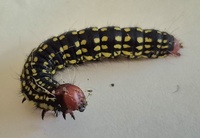
| Recorded by: Michael P Morales on 2025-08-15
Cumberland Co.
Comment: |
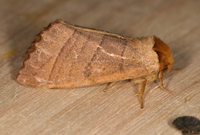
| Recorded by: Jim Petranka, Mark Basinger and Becky Elkin on 2025-08-03
Moore Co.
Comment: | 
| Recorded by: Mark Basinger on 2025-07-29
Wilson Co.
Comment: |
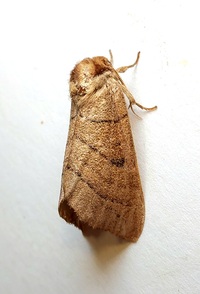
| Recorded by: Mark Basinger on 2025-07-29
Wilson Co.
Comment: | 
| Recorded by: David George, Dale Morgan, Patrick Coin, Julie Tuttle, Becky Watkins, et al. on 2025-07-26
Orange Co.
Comment: |
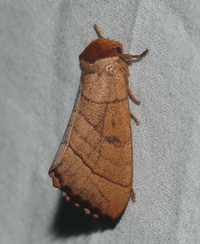
| Recorded by: Jeff Niznik, David George, Rob Van Epps, Kevin Metcalf on 2025-07-20
Richmond Co.
Comment: | 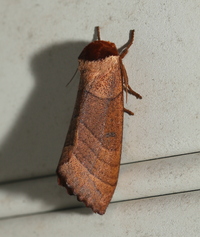
| Recorded by: David George, Patrick Coin on 2025-06-29
Moore Co.
Comment: |
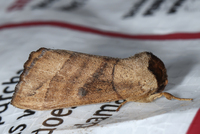
| Recorded by: John Petranka on 2024-08-31
Orange Co.
Comment: | 
| Recorded by: Mark Basinger on 2024-07-28
Rowan Co.
Comment: |

| Recorded by: Mark Basinger on 2024-07-28
Rowan Co.
Comment: | 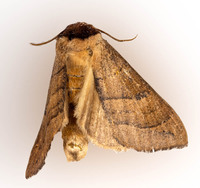
| Recorded by: Stephen Hall on 2023-08-18
Orange Co.
Comment: |
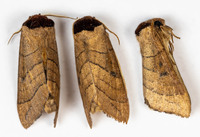
| Recorded by: Stephen Hall on 2023-08-18
Orange Co.
Comment: | 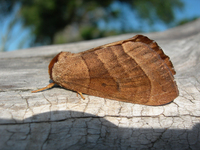
| Recorded by: R. Newman on 2023-07-31
Carteret Co.
Comment: |

| Recorded by: Dean Furbish on 2023-07-25
Wake Co.
Comment: | 
| Recorded by: Stephen Hall on 2023-07-16
Orange Co.
Comment: |
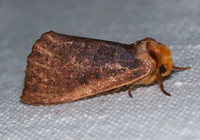
| Recorded by: Jim Petranka, Bo Sullivan, and Steve Hall on 2022-07-24
Moore Co.
Comment: | 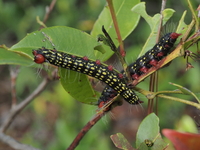
| Recorded by: Jim Brighton on 2021-09-19
Dare Co.
Comment: |
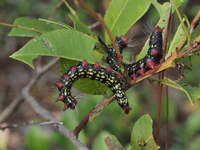
| Recorded by: Jim Brighton on 2021-09-19
Dare Co.
Comment: | 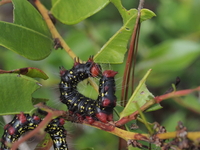
| Recorded by: Jim Brighton on 2021-09-19
Dare Co.
Comment: |
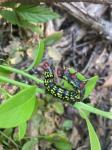
| Recorded by: J Buie on 2020-10-07
Stokes Co.
Comment: | 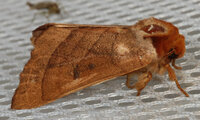
| Recorded by: Steve Taylor on 2020-09-08
Beaufort Co.
Comment: |

| Recorded by: Steve Taylor on 2020-09-08
Beaufort Co.
Comment: | 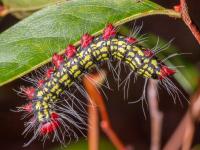
| Recorded by: Stephen Hall and John Amoroso on 2016-10-01
Bladen Co.
Comment: |

| Recorded by: ASH on 2012-07-31
Moore Co.
Comment: | 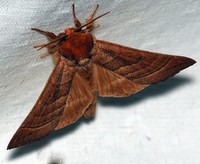
| Recorded by: Paul Scharf on 2011-07-16
Warren Co.
Comment: |
|

 »
»

 »
»